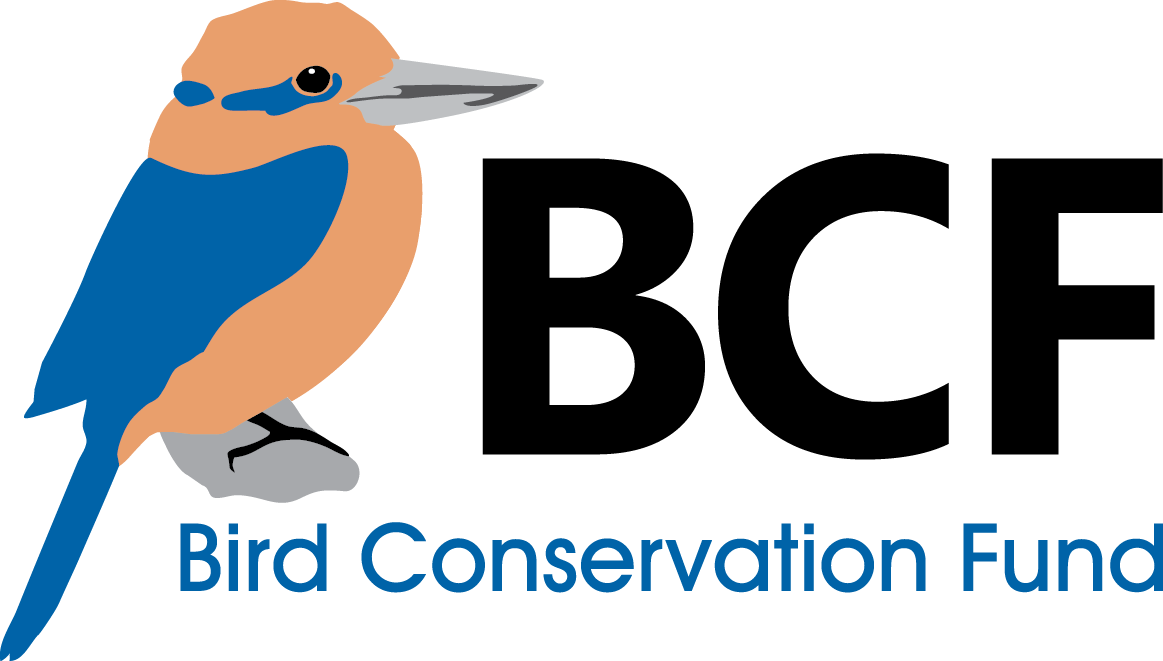Saving Europe’s Rarest Songbird – the Aquatic Warbler – by Translocation in Lithuania
The Bird Conservation Fund (BCF) is teaming up with the Baltic Environmental Forum Lithuania to raise $7,800 to strengthen a second population of Aquatic Warbler in southern Lithuania through a translocation. The proposed grant would underwrite food and dietary supplements for the translocated birds as well as for accommodations for volunteers working in the 2025 season.
The Aquatic warbler (Acrocephalus paludicola) is Europe’s rarest songbird and the only globally threatened passerine bird found in mainland Europe. Over the past century, 95% of its population has been lost, and numbers continue to decline. Currently, the species breeds in only four countries—Belarus, Ukraine, Poland and Lithuania—whereas it once nested in Germany, Latvia, and Hungary. With an estimated global population of just 8,000 singing males , the Aquatic Warbler is the rarest and the only globally threatened passerine bird found in mainland Europe. The species is classified as Vulnerable at global level and is listed as Vulnerable in the IUCN Red List of Threatened Species. At the European level it is classified as Endangered. It is also included into Annex I of the EU Wild Birds Directive, in Appendix II of the Bern Convention and in Appendix I of the Bonn Convention.
The primary threats to the Aquatic warbler include habitat loss and degradation due to the overgrowth of bushes, reeds, and trees, as well as changes in land use. Water loss from drainage systems, reduced rainfall, and climate change further dries out vital breeding habitats, accelerating the species' decline.
Over the past 30 years, the international Aquatic Warbler Conservation Team (AWCT) has made remarkable progress in conserving this rare species. Their work has focused on restoring critical habitats and creating conditions for their long-term sustainability. These efforts have revitalized key habitats, stabilized the population in Lithuania, expanded knowledge about the species, developed financial mechanisms for habitat maintenance, and achieved the world’s first successful translocation of Aquatic warblers. Despite these achievements, the species remains vulnerable, emphasizing the need for continued conservation efforts.
The current conservation strategy focuses on restoring additional wetlands to establish a cohesive network of suitable habitats, enhance population connectivity, and rebuild extinct or small populations through translocation, ultimately strengthening the global population.
The successful translocations carried out in Lithuania and Belarus during 2018–2019 demonstrated the effectiveness of this approach. While habitat restoration has provided suitable environments, natural recolonization has been hindered by population fragmentation and geographic isolation. Translocation offers a solution by accelerating the establishment of new populations, increasing genetic diversity, and bolstering the species' resilience against ongoing threats.
In Lithuania, the Aquatic warbler population is stable (approximately 200 singing males), but it is predominantly concentrated in a single population in western Lithuania, in the Nemunas Delta. This project aims to strengthen a second population in southern Lithuania, located in the Žuvintas Biosphere Reserve, through translocation.
Translocation is implemented following the IUCN guidelines for translocation.
Key Steps of the Translocation Process:
1. Nest Search and Collection: Experts will locate and monitor nests in source areas, collecting chicks at 7–10 days old. The chicks will be reared in a local basecamp under controlled conditions.
2. Transportation to Release Sites: Chicks will be transported at night to minimize stress and ensure safety.
3. Raising Chicks in Aviaries: At the release sites, chicks will be raised in indoor cages and later moved to outdoor aviaries in fen mire habitats, protected from predators.
4. Soft Release: Fully grown birds (around 35 days old) will be gradually released, allowing them to adapt while still receiving supplemental feeding.
5. Post-Release Monitoring: Monitoring will assess return rates, genetic diversity, and population establishment.
Translocation Implementation and Innovation
The project will carry out five translocation seasons, aiming to relocate at least 230 birds. Two source areas are proposed: the Biebrza marshes in Poland, which host a large population (2,411 singing males), and the Nemunas Delta in Lithuania, where the population is much smaller but stable (200 singing males).
In the Nemunas Delta, an innovative approach will be tested. Nest searches will focus on fields at risk of early mowing by farmers, which could lead to breeding failure. The team will negotiate with farmers to delay mowing until late August. Only nests from fields where mowing cannot be postponed will be collected for translocation. This approach will require intensive fieldwork, but if successful, it could expand the pool of viable source areas and help mainstream the translocation method.
Expected Results of the Translocation in Lithuania:
• Nest searches conducted in the Nemunas Delta.
• Farmers informed about Aquatic warbler nests and encouraged to delay mowing.
• Nests that cannot be saved translocated to Žuvintas.
• Five translocation seasons completed.
• At least 230 birds translocated to Žuvintas.
This project will address key threats to the Aquatic warbler by reducing population fragmentation and increasing genetic diversity. Establishing new breeding populations in Lithuania will create critical "stepping stones," facilitating natural dispersal and strengthening the species' meta-population.
All photos by Žymantas Morkvėnas, Baltic Environmental Forum Lithuania













